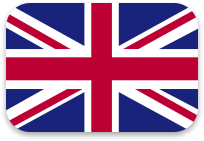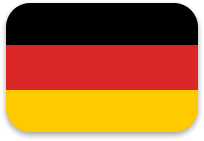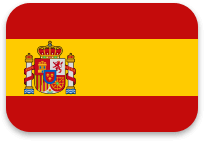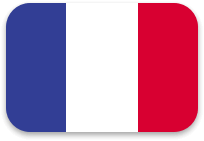Choosing an easy language to learn can boost your motivation. Whether you want to master a new language for work, travel, romance, friends and family, or to keep your brain active, choosing an easy target can build your confidence.
👉Check our article on the Top 10 Hardest Languages to Learn for English Speakers.
An easy language brings you the advantage of a sentence structure and verb tenses that are easier to grasp. A widely spoken language will have even more benefits, such as a wealth of resources available. Another criterion to qualify a language as easy is the type of script used. The easiest languages to learn typically have the same writing system as your native language. For instance, English speakers will find any Romance language more accessible than those using Asian or Slavic scripts.
Another factor to consider is whether you want to learn a phonetic language. Phonetic languages sound as they are written. As a general rule, the easiest languages have little to no difference between pronunciation and spelling. Romance languages such as Italian and Romanian are a few examples. Other romance languages like French have a set of reading rules and a fixed stress, making learning easier.
English is a Germanic language with Latin influences. Therefore, Germanic and Romance languages are easier for learners whose native language is English. On top of that, if you already speak a foreign language, learning one more from the same language family will be easier to pick up.
#1 Spanish
Region: Spain, Latin America (except Brazil), and parts of the United States.
Native speakers: over 460 million
Key features: Spanish is a phonetic language, using the Latin alphabet with a few additional characters. It has a straightforward grammar, and there is a wide availability of learning resources for Spanish.
Spanish is one of the most popular languages for English speakers to learn. It has straightforward pronunciation and easy grammar rules. Spanish grammar includes several verb tenses, but they mostly align with those used in English, making them easier for English speakers to master. Spanish shares many similar words with English. These words, known as cognates in linguistics, make it easier for English speakers to learn Spanish. For example, the Spanish word "familia" sounds like its English equivalent "family." Spanish words are spelled the same way they are pronounced, facilitating learning. As the second most widely spoken language by native speakers, Spanish is useful for travel and business.
#2 French
Region: France, Canada (Quebec), Belgium, Switzerland, parts of Africa, and other areas.
Native speakers: over 70 million
Key features: French uses the Latin alphabet and is slightly more complex than Spanish
Historically, English has been influenced by French, especially during the Norman conquest of England. That's why most French words are familiar to native English speakers. Learning the French pronunciation rules is enough to know how to read any word. What needs special attention is mastering pronunciation, especially the linking of words in speech.
Known as "the language of love," French is considered one of the most beautiful languages. It is also the official language of many international organizations, including the United Nations and the International Olympic Committee.
#3 Italian
Region: Italy, San Marino, Vatican City
Native speakers: around 67 million
Key features: Italian grammar is rather simple, and spelling closely matches the pronunciation.
Like Spanish and French, Italian is a romance language similar to English. Its musical ring and relatively straightforward grammar make learning enjoyable. Italian is the closest language to Latin, the language of the Roman Empire. Italian words such as "pizza," "pasta," and "espresso" are universally known, making it an excellent language for food lovers.
#4 Portuguese
Region: Portugal, Brazil, Mozambique, Angola, other areas
Native speakers: over 220 million
Key features: Similar to other Romance languages, Portuguese shares some common vocabulary with Spanish, but there are differences in pronunciation and usage.
Spoken across four continents, Portuguese is easier to learn if you know Spanish as a second language. Ensure you choose between European or Brazilian Portuguese, as there are differences in pronunciation and vocabulary.
#5 Dutch
Region: the Netherlands, Belgium (Flemish region), Suriname, parts of the Caribbean
Native speakers: around 23 million
Key features: Vocabulary and sentence structure are similar to English, making Dutch accessible to English speakers.
Dutch is a Germanic language closely related to English. It is a relatively easy foreign language to learn. Dutch shares a high number of cognates with English, for example, "apple" and "appel," "blue" and "blow," "book" and "boek." Dutch is also famous for its compounds, combining multiple words to form new ones.
Speak a new language with confidence!
Build fluency faster with FunEasyLearn — just 10 minutes a day is enough to make real progress.
#6 Swedish
Region: mainly Sweden, parts of Finland
Native speakers: around 10 million
Key features: Swedish has a simplified case system compared to other Germanic languages. Its pronunciation gets rather intuitive with practice.
The official language of Sweden—Swedish—is another Germanic language with a relatively uncomplicated grammar system and pronunciation. The simple syntax and melodic tones appeal to English Speakers. The Swedish concept of "lagom" (translated as "just the right amount") is a key part of the Swedish lifestyle and culture.
#7 Norwegian
Region: Norway
Native speakers: Around 5.3 million
Key features: Norwegian boasts easier pronunciation thanks to predictable patterns and simple and consistent grammar.
Norwegian and Swedish are similar. If you learn one, you can partly understand the other. Norwegian has grammar and pronunciation rules that are relatively easy to follow. The language has two official written forms: Bokmål and Nynorsk. The first one is used more often, but both are taught in schools. Norway's strong economy and high standard of living make Norwegian a practical language to learn.
#8 Danish
Region: Denmark, parts of Greenland and the Faroe Islands
Native speakers: Around 5.8 million
Key features: Danish has a more complex pronunciation compared to Swedish and Norwegian. However, its grammar and vocabulary are quite accessible for English learners.
Danish pronunciation may seem challenging due to its unique sounds and soft consonants. Danish is the official language of the oldest monarchy in Europe. It had a major influence on English during the Viking Age through Old Norse. To a certain extent, Danish, Norwegian, and Swedish are mutually intelligible. If you speak one of them, you can loosely understand the other two.
#9 Afrikaans
Region: South Africa, Namibia
Native speakers: Around 7 million
Key features: Afrikaans is straightforward due to the phonetic pronunciation and use of the Latin alphabet.
Afrikaans is one of the youngest languages in the world. It evolved in the 18th century. Derived from Dutch, Afrikaans has a simplified grammar, making it one of the easiest languages for English speakers. It has no gender and minimal verb conjugations, significantly simplifying the construction of sentences. Afrikaans is famous for its colorful and humorous idioms.
#10 Swahili
Region: East Africa (Tanzania, Kenya, Uganda, the Democratic Republic of Congo)
Native speakers: around 16 million (with over 80 million total speakers)
Key features: Swahili uses phonetic pronunciation and has relatively simple grammar with just a few exceptions.
Swahili belongs to the Bantu branch of the Niger-Congo language family. It is mainly spoken in Tanzania and Kenya. Due to the historical trade along the East African coast, its vocabulary includes many loanwords from Arabic. Even its alphabet originally included Arabic letters, which then transitioned to Latin.
More Language Easy to Learn for English Speakers

While the above-listed languages are some of the easiest to learn for English speakers, many other languages are fun and rewarding. If you're unsure where to start, here are more recommendations across different language families.
Romance languages
Evolved from Vulgar Latin, Romance languages share similar vocabulary, grammar, and syntax similarities. These languages also have similar verb tenses, making learning easier for English speakers.
Catalan. Spoken in Catalonia, Spain, and parts of France and Italy, Catalan is similar to Spanish and French.
Romanian. With aunique blend of features typical for Romance languages, including Slavic, Greek, Turkish, and Hungarian, Romanian is a captivating language with a rich culture.
Galician. Spoken in the Galicia region of Spain, it is closely related to Portuguese.
Occitan. Used in Southern France, it shares many features with Catalan and French. Occitan preserved some of the old features of Latin, such as different forms for masculine and feminine plural.
Sardinian. Spoken in Sardinia, Italy, Sardinian is one of the closest languages to Latin. The language exhibits influences from Arabic, Spanish, and Catalan, accounting for its diverse history.
Germanic languages
At its core, English is a Germanic language. For that reason, learning Germanic languages is rather easy for English speakers. Many words have common roots, making vocabulary more accessible for learners.
German. Although its grammar system is more sophisticated than Dutch, learning German has many benefits and can help learners understand the culture of Germany, Austria, and Switzerland.
Icelandic. Slightly more challenging in terms of grammar and vocabulary, Icelandic introduces learners to Norse mythology and literature.
Frisian. Spoken in parts of the Netherlands and Germany, Frisian is considered the closest living language to English.
Luxembourgish. A language spoken in Luxemburg with similarities to German and the Dutch.
Yiddish. Derived from high German and historically spoken by Ashkenazi Jews, it includes influences from Hebrew Slavic languages and others.
Asian languages
If you want to try something more challenging than Germanic and Romance languages, you may want to try Asian languages. They are more complex, but some features make them more accessible to English speakers.
Indonesian. Known for simple grammar and phonetic spelling, Indonesian is an accessible entry point into Southeast Asian languages.
Malay. Similar to Indonesian, Malay is spoken in Malaysia, Brunei, and some areas of Thailand.
Tagalog ( Filipino). The national language of the Philippines, Tagalog, is influenced by Spanish and English, making it easy for English speakers.
Japanese. While the writing system is complex, spoken Japanese has straightforward pronunciation and grammar.
Korean. Known for its unique Hangul writing system, Korean grammar is logical and systematic.
Slavic languages
Slavic languages, while more challenging due to complex grammar and a different writing system, can also open doors to rich cultural experiences.
Russian. While it uses the Cyrillic alphabet, Russian opens up communication with millions of speakers in Russia and former Soviet states. Its grammar is complex but systemic.
Polish. Challenging due to its phonetics and grammar but rewarding for its cultural depth.
Czech. Known for its literary tradition and beautiful cities, Czech has a phonetic alphabet and systematic grammar.
Bulgarian. It uses the Cyrillic alphabet but has simpler grammar than Russian, with no cases.
Croatian. Spoken in Croatian parts of Bosnia and Herzegovina, Croatian uses the Latin alphabet and offers a gateway to the Balkans.
Learn Languages the Easy Way with FunEasyLearn
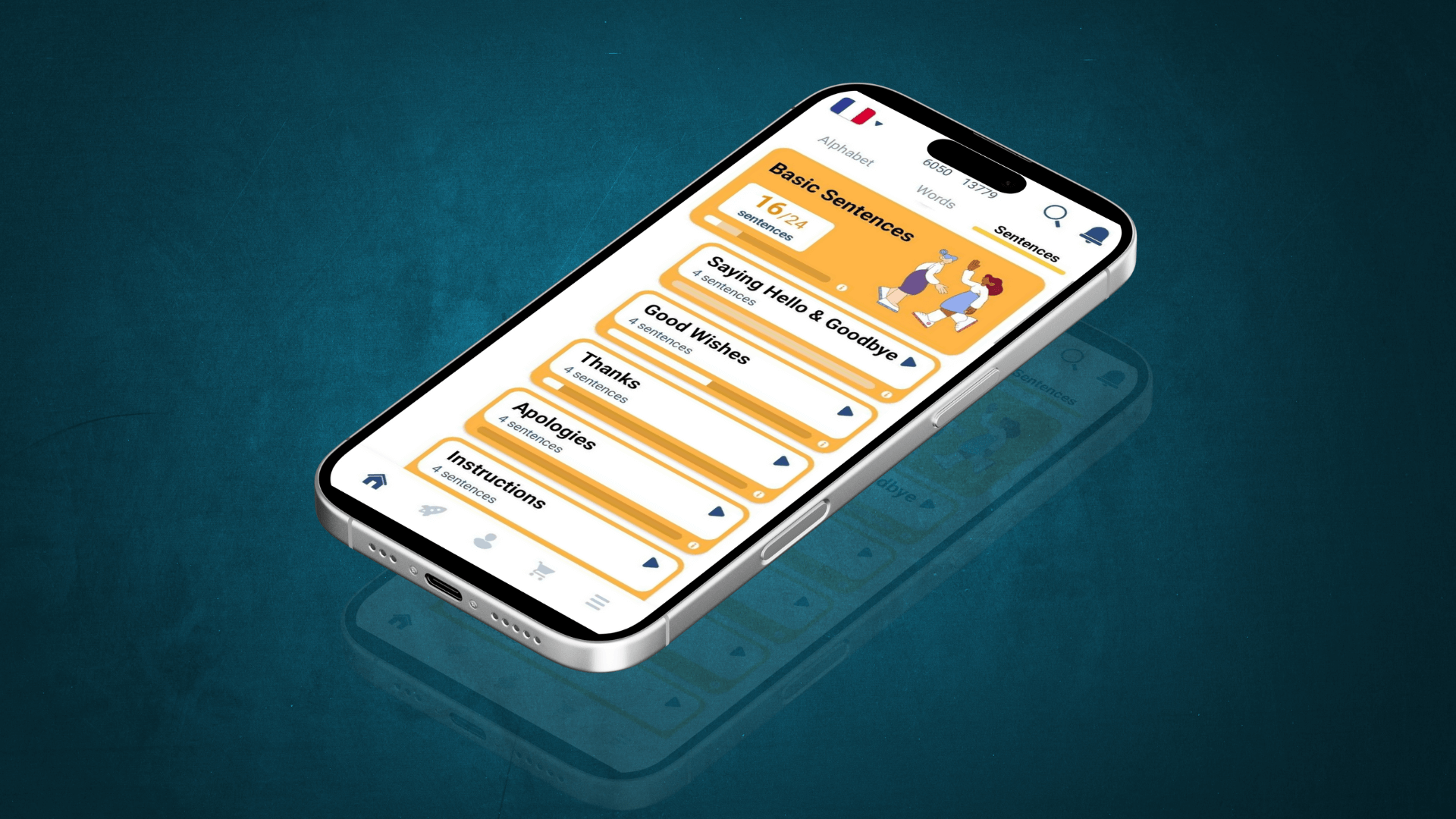
If you are looking for an effective and enjoyable way to learn a new language, consider FunEasyLearn. The award-winning app features 34 language courses from 62 native languages. Tailored to learners of different levels, FunEasyLearn equips learners with a strong core vocabulary indispensable for real-life situations.
Language learners using Fun enjoy a series of benefits, including:
🎮 Engaging and interactive content. Designed by experienced teachers, methodologists, certified translators, and linguists, the bite-sized lessons guide learners toward new linguistic horizons in 10 logically structured game levels. Learn by playing games and practicing most of the words you need to converse with target language speakers.
📵 Offline access. Learning languages is available to anyone anywhere. Choose one or two languages to learn while waiting in line, during your daily commute, when out and about.
💪 Powerful features. Enjoy free features like zero ads, hands-free mode, and more. Tailor your learning experience with custom settings. Earn flowers or get a premium subscription to unlock premium features such as the review manager, hands-free mode, and favorite lists.
Summing Up
Learning a new language can be a fun experience, especially if you choose one similar to your native language. The top 10 easiest languages to learn for English speakers include Spanish, French, Italian, Portuguese, Dutch, Swedish, Norwegian, Danish, Afrikaans, and Swahili. Most of them share some linguistic characteristics with the English language, making it relatively easy to pick up at least basic communication skills in the respective languages. On top of that, the popularity of these languages ensures there are enough resources to help you navigate your language-learning experience. Mastering a new language can significantly boost your self-confidence and open up opportunities to travel, work, meet new people, engage with larger communities, and much more.
Did you choose a new language to master?

